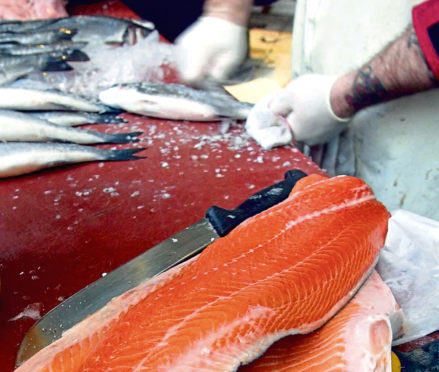The Scottish Association for Marine Science (Sams) is at the heart of a potentially game-changing new study into the environmental impacts of fish farming.
Sams, based at Dunstaffnage, near Oban, is one of the partners in a transatlantic research partnership which is developing the new approach to helping the aquaculture industry more accurately understand how its waste affects the community of organisms that live on, in, or near the seabed.
A consortium led by Cooke Aquaculture, one of the world’s largest salmon producers, and Sams, backed by funding from the Stirling-based Scottish Aquaculture Innovation Centre, is exploring how sulphide compounds on the seabed may be used to better and more quickly measure changes to the marine environment.
Other partners in the project, which is taking place across six fish farming locations in Scotland and Canada, include Nova Scotia-based Dalhousie University, the University of the Highlands and Islands, and Fisheries and Oceans Canada.
Sulphide levels, which can rise because of fish waste or uneaten feed from nearby farms, are widely considered to be a reliable indicator of sediment becoming too enriched to sustain marine organisms.
Sams ecologist Clive Fox said: “The industry and regulator in Scotland acknowledge that the current tools for measuring fish farm impacts still need to be refined.
“We need to have a better understanding of how waste is being dispersed from fish farms and where it is having a significant effect.”
Mr Fox added: “Tracking sulphides could be a significant complementary technology to the existing approaches, delivering more accurate results both in waters with high dispersal rates and in sheltered areas, such as lochs or along the west coast.
“It could go a long way towards informing future site selection and significantly cut the amount of time and resource currently required to analyse samples and get results – to date, this has been a slow and labour-intensive process.”
